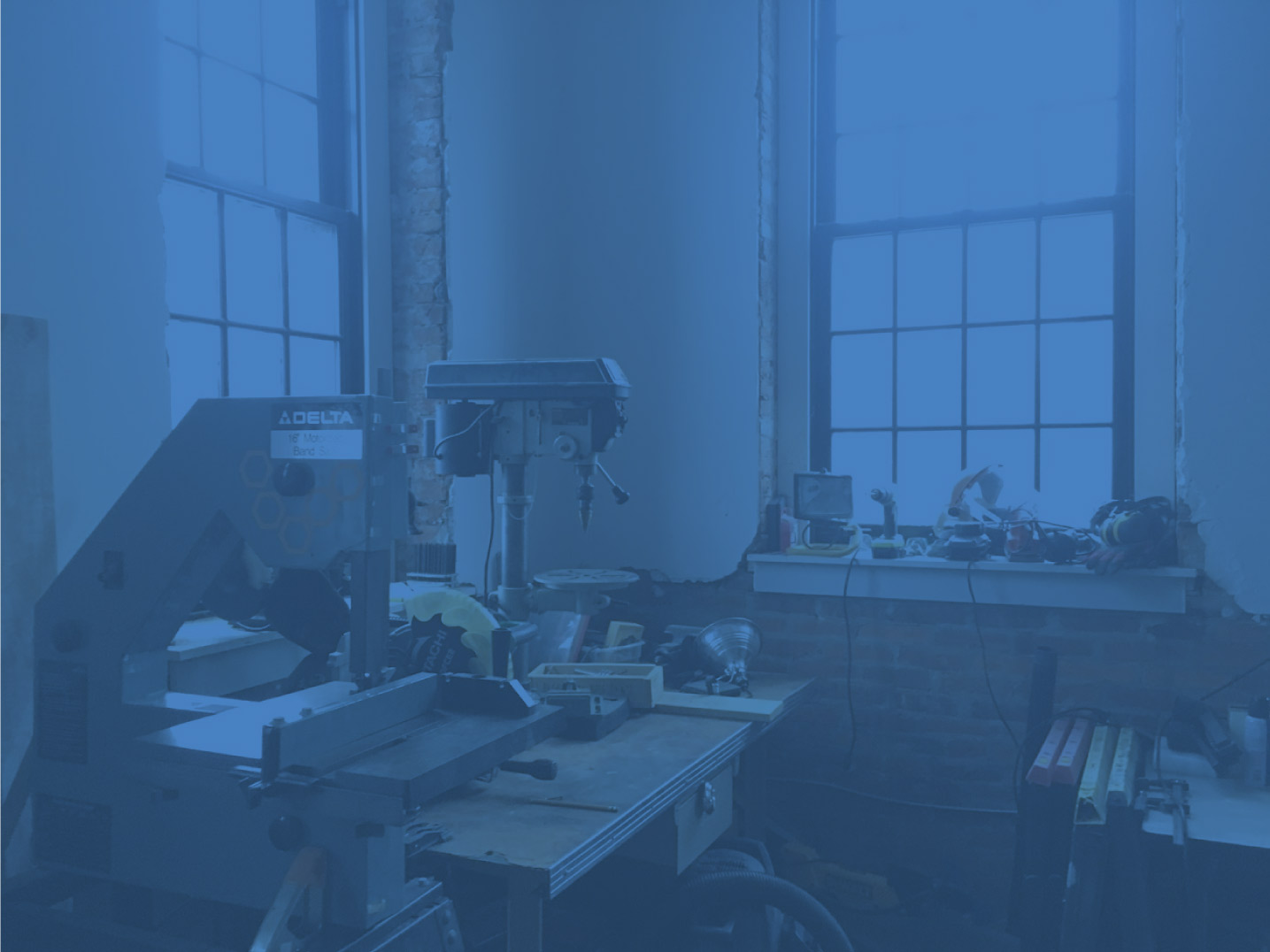Apple gave everyone a new shiny thing to talk about today and I will not be left out of the discussion! Apple’s refreshed MacBook Pro contains a new Intel chipset Core i5 and i7, codenamed Sandy Bridge.  One lovely “feature” of this new processor is the Intel Insider built in to every Core i chip. This feature unlocks HD content playback on your machine for a limited time. Intel denies that this is DRM, and rightly so. DRM has been a hated buzzword among consumers and Apple alike. (No customer ever asks for more restrictions.) What Intel Insider has is worse: trusted computing, and for the worst reason too. It seems Hollywood has asked our biggest processor manufacturer to protect their business model with a feature that prevents streaming video from being recorded. Doesn’t that sound kind of unhinged?
One lovely “feature” of this new processor is the Intel Insider built in to every Core i chip. This feature unlocks HD content playback on your machine for a limited time. Intel denies that this is DRM, and rightly so. DRM has been a hated buzzword among consumers and Apple alike. (No customer ever asks for more restrictions.) What Intel Insider has is worse: trusted computing, and for the worst reason too. It seems Hollywood has asked our biggest processor manufacturer to protect their business model with a feature that prevents streaming video from being recorded. Doesn’t that sound kind of unhinged?
Trusted computing is a hardware solution to the problem of trust. It has some noble goals. Your computer today may be exploited in some invisible way, but a trusted computing platform would verify all the code through it’s own protected hardware before allowing any software to run at all. The only way around this is to saw away at a encryption chip epoxied onto your motherboard. So, no malware is a good thing, right? That sounds fine until the keys to the computer are taken out of your hands and given to Hollywood/Intel/Apple/anyone-else because you, a de-facto pirate, can’t be trusted. Just wait until your repressive authorities request control of your shiny MacBook from Apple, and Apple acquiesces.
Add to that the recent processor recall, and it’s a scary time to buy new Mac hardware. Isn’t there room enough in the smart consumer market for some Linux hardware that Just Works? Today I’m one step closer to kicking my addiction for sandblasted aluminum and high-strength alkali-aluminosilicate glass.
Of course, I got all my opinions from the story 0wnz0red written Cory Doctorow for Salon.






 Hive76, like all hackerspaces, is in need of a laser cutter. The simple engraver I own is not nearly awesome enough. We have been talking about this for a while but I have finally launched a Pledgie to collect funds for a serious-bizness laser cutter.
Hive76, like all hackerspaces, is in need of a laser cutter. The simple engraver I own is not nearly awesome enough. We have been talking about this for a while but I have finally launched a Pledgie to collect funds for a serious-bizness laser cutter.
